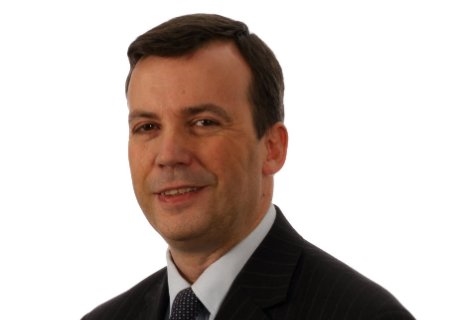
“We do not make changes for the sake of making them, but we never fail to make a change once it is
Jerry MulleUK Managing Director at Ohpen
demonstrated that the new way is better than the old way,” said Henry Ford. In mortgage technology a new way that is better than the old has arrived. While the cloud has been available for some time – only now is it being used for systems of record (the transactional systems that underpin every lending business) and it is becoming a familiar piece of infrastructure across every part of financial services.
Cloud-native platforms for mortgage lenders offer the possibility of becoming a more agile,
faster-moving business by reducing friction, unlocking development innovation, and delivering better customer experience. Cloud technology is often at the centre of such efforts, since it provides an innovation environment that allows an organization to address its transformational needs.
The trick, of course, is having the right partner to accompany you through what can at first sight appear challenging and daunting change. Implementing a cloud solution does not just mean hosting an existing legacy application onto new shared infrastructure. This may be a good first step to help reduce infrastructure costs, but cloud-native solutions offer so much more to achieve flexibility and efficiency, in a cost-effective way.
SaaS solutions offer a pay-as-you-go model for software, with anytime, anywhere access from any device. These solutions are an ideal replacement for high-value applications hosted on premise. A SaaS solution requires no investment in infrastructure and indeed allows adopters to leverage green benefits . IT resources can be redeployed to core business functions, while maintenance and updates are factored in. If your organization is using a SaaS service, you can add users to the application without adding the associated infrastructure. Netflix and Google Workspace are two good examples of the SaaS model.
Flexibility isn’t just about the ability to evolve your own business according to your needs. Many of the changes we need to embrace come from the supply side of financial services economics, rather than the demand side. Regulations and government policies drive more change in UK mortgage lending than any market dynamic. The requirements of the PRA and FCA are common to all lenders and our cloud environment means everyone can be compliant with upgrades that benefit all but acknowledge the nuances of individual company requirements in certain markets or in interest calculations. Our work in Europe with providers in other markets has illustrated the value of knowing and examining business processes to find and resolve the gaps and deliver solutions that remove unnecessary complexities that exist in legacy systems.
Technology teams should go to lengths to ensure they do not bring a legacy mindset to their cloud implementations. So little is gained if teams attempt to replicate existing processes and merely lift and shift existing technology assets to the cloud without seizing the opportunity for a proper rethink and redesign.
Our model follows a deliberately simple process and focuses on guaranteed uptime and high performance – consolidated into one SaaS solution. The right technology decisions are underpinned by partnering with a company that really understands your market. The combination of the best technology and the right partner will get you there. Ford was right about the adoption of new ways.



